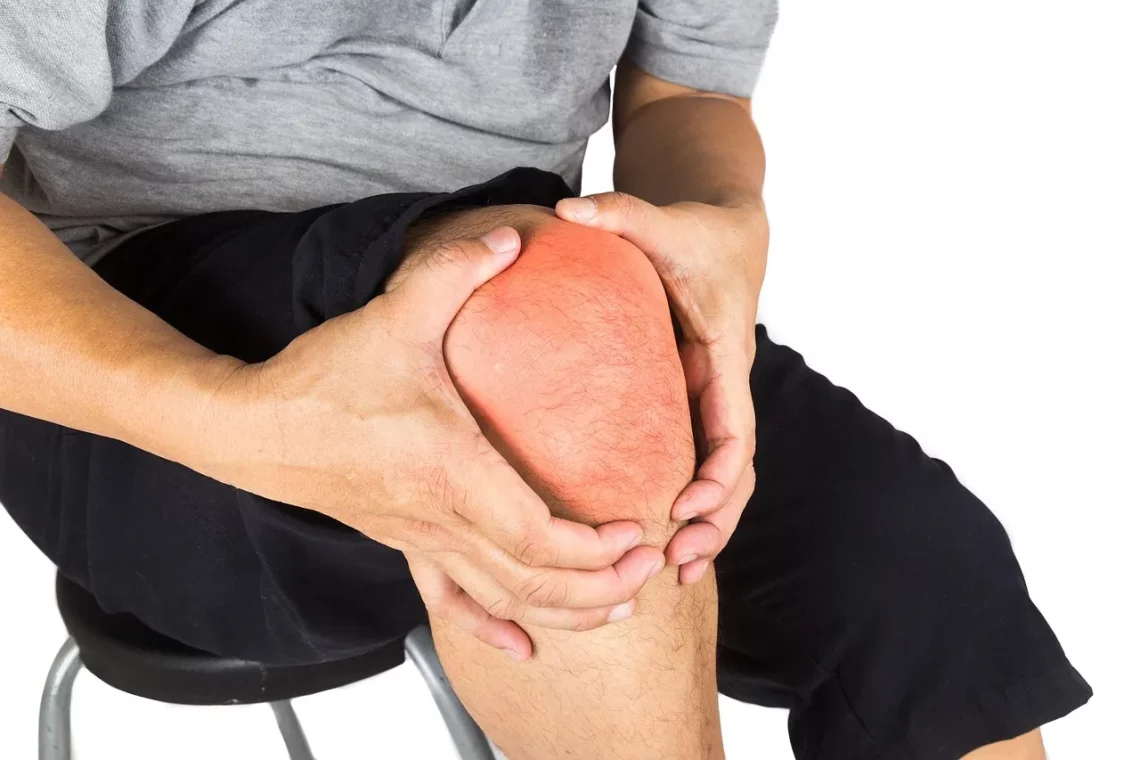
Understanding Lower Back Pain When Bending Over: Causes and Solutions
Lower back pain is a common ailment that affects a significant portion of the population at some point in their lives. This type of discomfort can arise from a variety of activities and situations, often becoming particularly noticeable during movements such as bending over. Whether it’s from daily tasks, sports, or even sitting for prolonged periods, the lower back is susceptible to strain and injury. Understanding the nuances of this pain can be crucial for prevention and effective management.
Many people experience a range of sensations in their lower back, from a dull ache to sharp, debilitating pain. This can lead to limitations in mobility and affect overall quality of life. Moreover, lower back pain can result from various factors, including poor posture, muscle imbalances, and underlying medical conditions. It is essential to recognize the specific causes of discomfort to address them effectively and avoid long-term complications.
With the prevalence of lower back pain on the rise, especially in sedentary lifestyles, exploring its causes and potential solutions is vital for maintaining a healthy spine. Whether you are an athlete, a busy professional, or someone who enjoys leisurely activities, understanding how to protect your lower back can lead to improved well-being and a more active lifestyle.
Common Causes of Lower Back Pain When Bending
Lower back pain can stem from a multitude of causes, especially when bending over. One of the most prevalent reasons is muscle strain. This occurs when the muscles and ligaments in the back are overstretched or torn, often resulting from improper lifting techniques or sudden movements. For instance, bending over to lift a heavy object without using the legs can put undue stress on the lower back, leading to acute pain.
Another significant factor in lower back pain is poor posture. Many people tend to slouch or adopt unnatural positions while sitting or standing, which can strain the back muscles over time. When bending over, those with poor posture may exacerbate existing issues, leading to discomfort or pain. This can be particularly problematic for individuals who sit for extended periods, as their muscles can weaken and become less supportive of the spine.
In addition to muscle strain and poor posture, underlying conditions can also contribute to lower back pain. Conditions such as herniated discs, spinal stenosis, and arthritis can cause significant discomfort, particularly when bending. A herniated disc occurs when the soft tissue between the vertebrae bulges out, pressing on nearby nerves and causing pain. Spinal stenosis, or the narrowing of the spinal canal, can also lead to nerve compression, resulting in pain during movement.
Lastly, lifestyle factors play a crucial role in the development of lower back pain. Obesity can increase the strain on the back, as excess weight places additional pressure on the spine and surrounding muscles. Sedentary lifestyles, characterized by minimal physical activity, can weaken the core muscles that support the back, making it more susceptible to injury. Addressing these lifestyle factors is essential for preventing and managing lower back pain effectively.
Preventive Measures to Avoid Lower Back Pain
Preventing lower back pain, particularly when bending over, involves a combination of lifestyle changes and mindful practices. One of the most effective strategies is to maintain proper posture. Whether sitting, standing, or bending, being conscious of body alignment can significantly reduce the risk of strain. When sitting, ensure that your back is straight, shoulders are relaxed, and feet are flat on the ground. For those who work at desks, using ergonomic furniture can provide proper support.
Incorporating regular exercise into your routine is another essential preventive measure. Strengthening the core muscles, which include the abdomen, hips, and lower back, can provide better support for the spine. Activities such as yoga, pilates, and strength training can enhance flexibility and strength, reducing the likelihood of injury. Additionally, stretching before and after physical activity can help prepare the muscles for movement and promote recovery.
When lifting objects, it’s crucial to use proper techniques to minimize back strain. Always bend at the knees, keeping the load close to your body, and use your legs to lift rather than your back. This technique distributes the weight more evenly and reduces the risk of injury. When bending over to pick something up, engage your core muscles to provide additional support.
Maintaining a healthy weight is also vital in preventing lower back pain. Excess weight can place added stress on the spine and surrounding muscles, leading to discomfort. Adopting a balanced diet and engaging in regular physical activity can help manage weight effectively.
Lastly, being mindful of daily habits can make a significant difference. If your job requires prolonged sitting or standing, take regular breaks to stretch and move around. This can help alleviate tension in the back and improve overall mobility.
Effective Treatments for Lower Back Pain
When lower back pain occurs, finding effective treatment options is crucial for relief and recovery. Depending on the severity and underlying cause of the pain, various treatments may be appropriate. For mild to moderate pain, over-the-counter pain relievers such as ibuprofen or acetaminophen can provide temporary relief. However, it is essential to consult with a healthcare professional before starting any medication regimen.
Physical therapy is another effective treatment option for lower back pain. A physical therapist can assess your condition and develop a personalized exercise program to strengthen the back and improve flexibility. They may also incorporate techniques such as manual therapy or modalities like heat and ice to alleviate pain and promote healing.
In cases where conservative treatments do not provide relief, more advanced options may be necessary. These can include corticosteroid injections to reduce inflammation or nerve blocks to alleviate pain. For individuals with chronic back pain or structural issues, surgical options may also be considered. However, surgery is typically reserved for severe cases where other treatments have failed.
Complementary therapies can also play a role in managing lower back pain. Practices such as acupuncture, chiropractic care, and massage therapy can help relieve tension and improve function in the lower back. Many individuals find these therapies beneficial in conjunction with traditional treatment methods.
Lifestyle modifications, such as incorporating regular exercise and maintaining a healthy weight, can also contribute to long-term pain management. Engaging in activities that promote overall well-being can help prevent future episodes of lower back pain.
Recognizing When to Seek Professional Help
While many cases of lower back pain can be managed at home, it is essential to recognize when to seek professional help. If your pain persists for more than a few weeks or worsens over time, it may indicate an underlying issue that requires medical attention. Additionally, if you experience symptoms such as numbness, tingling, or weakness in the legs, it is crucial to consult a healthcare provider promptly, as these can be signs of nerve compression.
Other warning signs that necessitate medical evaluation include severe pain that does not improve with rest, pain following a fall or injury, and difficulty controlling bowel or bladder function. These symptoms may indicate more serious conditions that require immediate intervention.
In conclusion, understanding lower back pain when bending over involves recognizing its causes, implementing preventive measures, and knowing when to seek treatment. By taking proactive steps to care for your back, you can enhance your overall quality of life and reduce the risk of future pain.
**Disclaimer: This article is not intended as medical advice. Always consult a healthcare professional for concerns regarding your health or medical conditions.**




